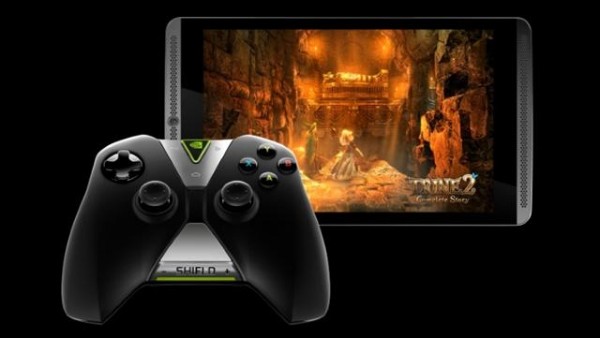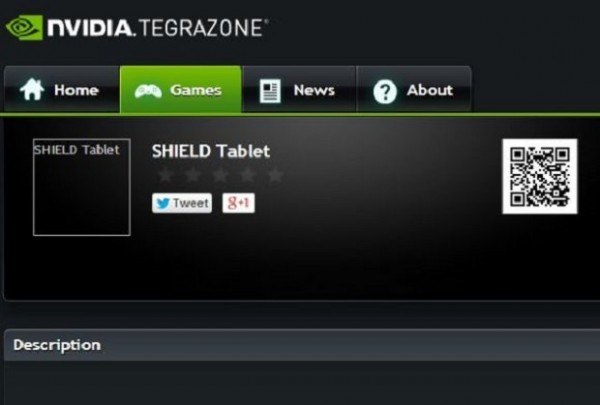
The graphics card maker has not only refreshed its gaming tablet, but it has also changed the name of the product. The new NVIDIA Shield Tablet K1 goes against some rather popular tablets, and since it focuses on gaming, it might actually attract quite the following.
Whether or not NVIDIA’s Shield Tablet needed to be refreshed is debatable. The original version, which only saw the light of the day last year, can still handle some of the most demanding apps out there, and since the manufacturer was well aware of that, it made very small changes in the hardware department. Probably the most significant change is the major price drop of 33%, as the new NVIDIA Shield Tablet K1 costs only $200.
Bear in mind that the tablet doesn’t come with many accessories, and that was one of NVIDIA’s strategies for keeping the cost down. The stylus found in the previous version is gone, and so are the power adapter and USB cable from the packaging. Frankly, I believe that all manufacturers should exclude chargers and USB cables from their packaging, as everyone using mobile devices already owns one of these.
Following the “if something works, don’t change it” route, NVIDIA has decided not to change any of the specs of the original Shield Tablet, so the new one only differs in design and materials, but it’s nothing extremely significant.
Hence, the NVIDIA Shield Tablet K1 sports an 8-inch 1920×1200 display, and continues to be powered by the same Tegra K1 SoC that includes a quad-core processor clocked at 2.2Ghz, and a Kepler GPU. To make sure that the tablet is capable of multitasking and that it has plenty of room for apps, NVIDIA equiped the Shield Tablet K1 with 2GB of RAM, 16GB of internal memory, and a microSD slot for expanding this memory. That’s quite a lot of power that the video card maker stuck into a 9.2mm thin body that only weighs 390g.
The stereo front-facing speakers and the two 5MP cameras in the front and on the back are proof that NVIDIA is also serious about the multimedia experience, especially since both cameras can do HDR photos.
In terms of connectivity, the Shield Tablet K1 sports Bluetooth 4.0 LE and Wi-Fi with 2×2 MIMO and dual-band (2.4Ghz and 5Ghz) support.
With the Shield Tablet K1, NVIDIA goes against Apple’s iPad Mini 4 and Samsung’s Galaxy Tab S2, and it suffices to say that the graphics card maker’s product blows both of them out of the water, not only in terms of price, but also as far as the technical specs are concerned.
The Shield Tablet K1 is available on Amazon for $199.99. Two bundles are available, one featuring the Shield Controller, costing $259.98, and another one that includes a 128GB microSD card, which sells for $249.98. Given the specs and the price, it’s almost guaranteed that this gaming tablet will be found under many Christmas trees this year.
Be social! Follow Walyou on Facebook and Twitter, and read more related stories about the NVIDIA Shield set top box, or the original Tegra K1-powered NVIDIA Shield Tablet.
[via 9to5Google]

